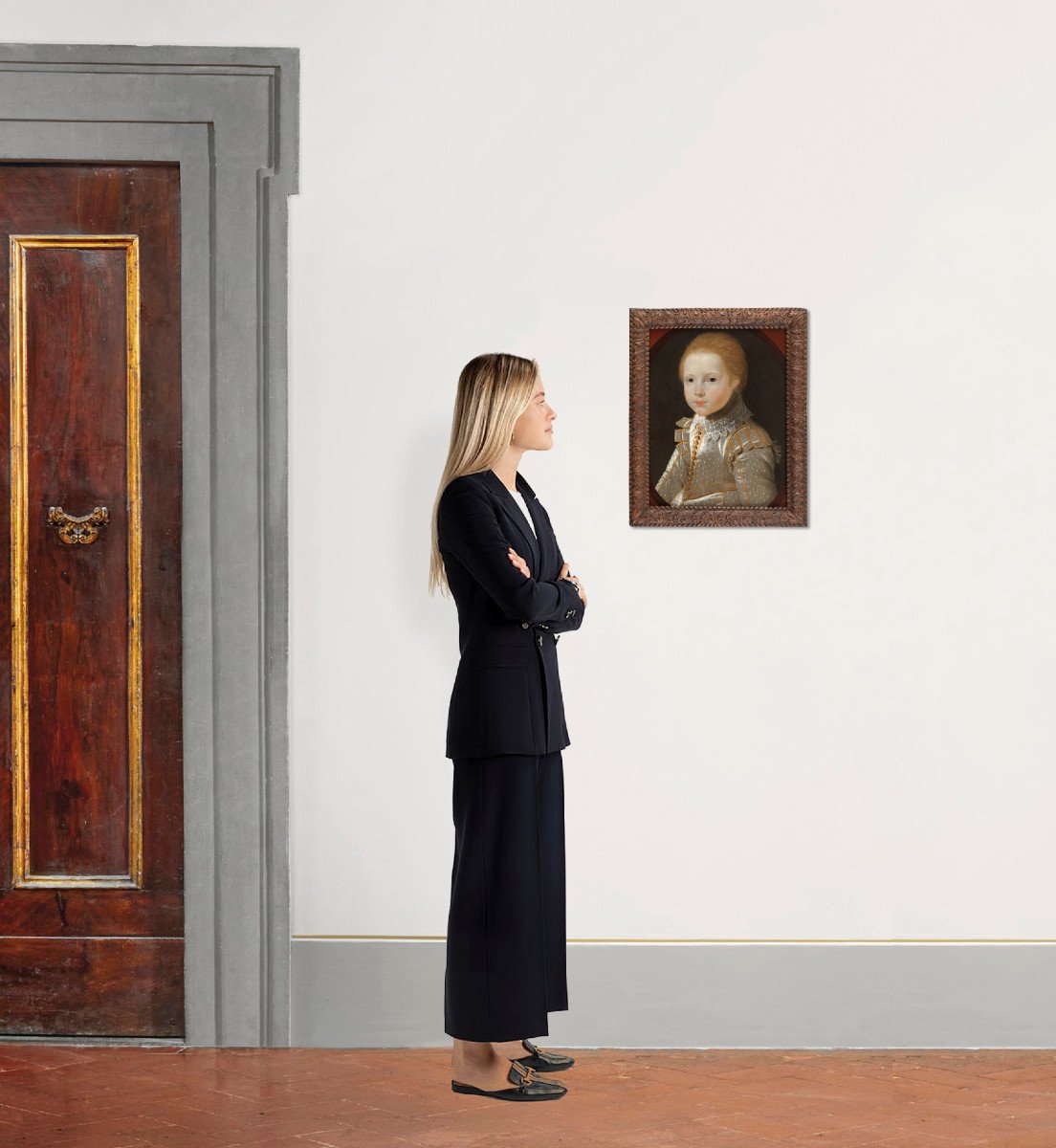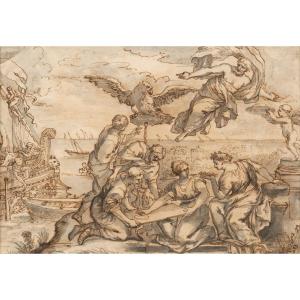Our portrait is presented in a refined carved natural wood frame decorated with acanthus leaves.
Dimensions: 40 x 31 cm - 50 x 40 cm with the frame
Bartholomeus van der Helst (Haarlem 1613 - Amsterdam 1670). Settled with his family in Amsterdam around 1627, information concerning his apprenticeship is lacking. But it is assumed that he was able to train with Nicolaes Elias as soon as he arrived in Amsterdam, as the influence of the latter is perceptible in his paintings, at least during the first part of his career. Indeed, before 1648, his portraits, by their realism, their elegant sobriety and their tight framing refer to the supposed tutor. The young Bartholomeus very quickly became the fashionable portrait painter of the rich Amsterdam bourgeoisie and his success tended to eclipse Rembrandt. The completion of his masterpiece the Banquet of the Civil Guard of Amsterdam celebrating the Peace of Münster in 1648 (kept at the Rijksmuseum in Amsterdam) marks a turning point in his career: his style evolves, the color palette enriches and the subjects come to life. Commissions flowed in and he composed collective portraits of families or corporations. His son Lodewijk will follow in his footsteps and imitate his style. Among the many paintings by Bartholomeus Van der Helst kept in museums are: Self-Portrait 1667, Uffizi Gallery, Florence - Portrait of Petrus Scriverius 1651, Gemäldegalerie, Dresden - Portrait of Paulus Potter 1654, Mauritshuis The Hague or the earthy Portrait of Gerard Andriesz Bicker 1642 at the Rijksmuseum in Amsterdam.
































 Le Magazine de PROANTIC
Le Magazine de PROANTIC TRÉSORS Magazine
TRÉSORS Magazine Rivista Artiquariato
Rivista Artiquariato